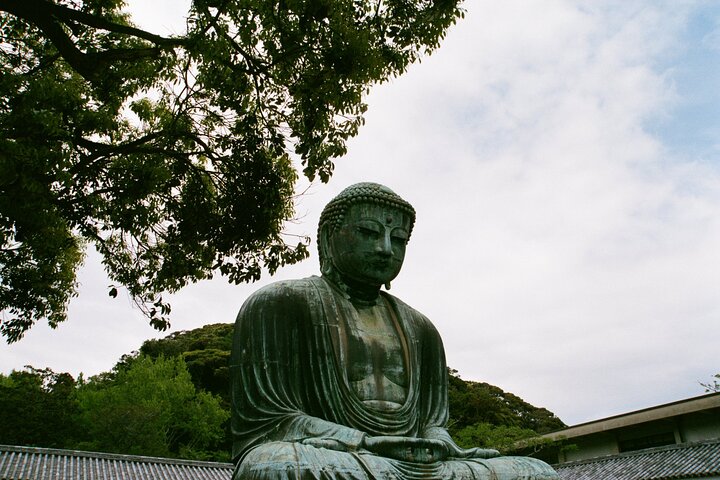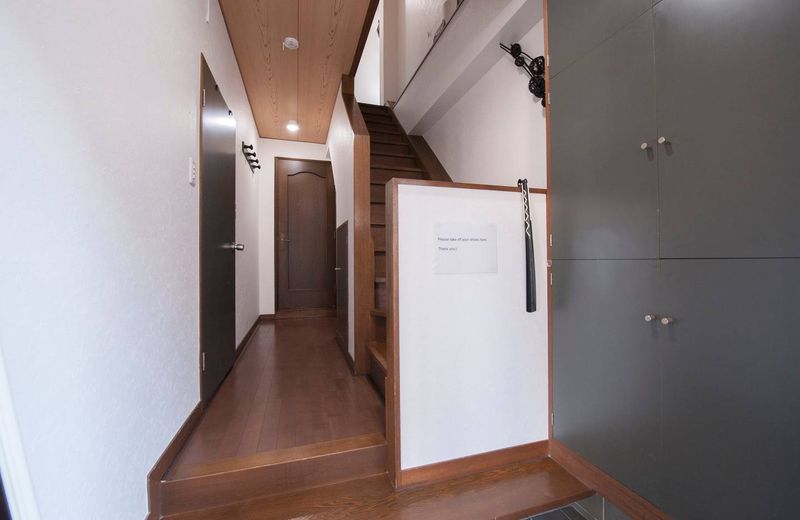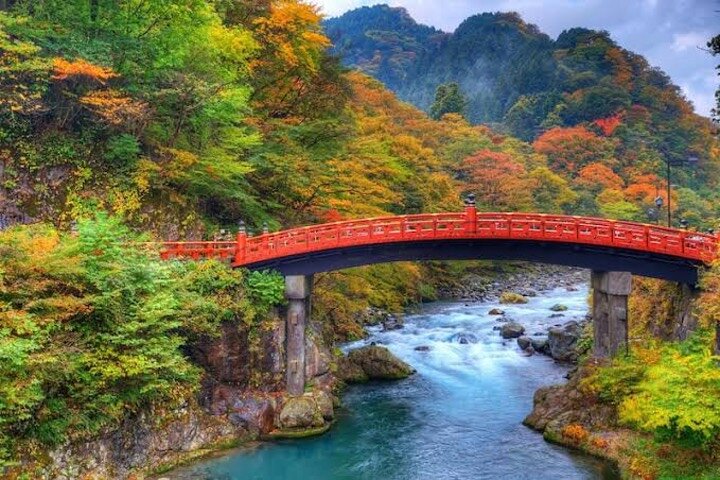Why choose this Tokyo tour ?
Here is a private tour where you can enjoy the highlights of Tokyo with peace of mind even for wheelchair users. In Tokyo, the barrier-free environment is rapidly improving ahead of the Tokyo Olympics and Paralympic Games scheduled to be held in 2020. In this tour, an interpreter-guide that’s also a qualified home caregiver will guide you to famous sightseeing areas in Tokyo such as Asakusa, Shibuya, Harajuku while utilizing barrier free facilities.
Make the most of your Tokyo adventure
What makes Full-Day Accessible Tour of Tokyo for Wheelchair Users a unique experience ?
This tourist center designed by Kengo Kuma is not just a valuable source of sightseeing information, but one of Asakusa’s newest sightseeing attractions. This 8-story building, designed by a world famous Japanese architect, has a very striking structure with the appearance of a stack of separate wooden buildings that seem piled up on top of each other at different angles. From the open terrace Observation Deck on the 8th floor of the Center, we will have a preview of the entire tour course: not just Tokyo Sky Tree and Asahi Flame we have just seen but the landmarks we are going to see including Kaminarimon gate, Nakamise shopping street, Hozomon gate, Sensoji Temple, and more.
When approaching Sensoji temple, visitors first enter through the Kaminarimon (Thunder Gate), the outer gate of Sensoji Temple and the symbol of Asakusa and the entire city of Tokyo.
A shopping street of over 200 meters, called Nakamise, leads from the outer gate to the temple’s second gate, the Hozomon. Alongside typical Japanese souvenirs such as yukata and folding fans, various traditional local snacks from the Asakusa area are sold along the Nakamise. The shopping street has a history of several centuries.
Sensoji (浅草寺, Sensōji, also known as Asakusa Kannon Temple) is a Buddhist temple located in Asakusa. It is one of Tokyo’s most colorful and popular temples.
The legend says that in the year 628, two brothers fished a statue of Kannon, the goddess of mercy, out of the Sumida River, and even though they put the statue back into the river, it always returned to them. Consequently, Sensoji was built nearby for the goddess of Kannon. The temple was completed in 645, making it Tokyo’s oldest temple.
Sumida Park is located near Asakusa station and along the Sumida River where you can see amazing views such as Tokyo Skytree. Especially you can see beautiful scenery at the season of cherry blossoms. The park is open space and it is very fun to walk around. It has landing places for popular waterbuses that tour the Sumida River and Tokyo Bay. The park is a part of Sumida River Terrace that is a promenade built along the Sumida River.
Shibuya Crossing near the Shibuya Station is crossed by as many as 500,000 people per day, and at a peak time, as many as 3,000 people cross at one green light! For Japanese who are used to seeing this view is nothing to be surprised about, but tourists seem to be marveled that everyone manages to cross without bumping into each other. There are always people going to the spot just to see this crossing. Along with New York’s Times Square, Shibuya Crossing is one of the “most famous crossings in the world.”
Its location between two of Tokyo’s biggest shopping districts, Harajuku and Shibuya, makes it an ideal catwalk for fabulous 20- and 30-something trendsetters. The half-mile long street is lined with stores ranging from vintage shops and local designer clothing to upscale boutiques and high-end international brands.
Meiji Shrine (明治神宮, Meiji Jingū) is a shrine dedicated to the deified spirits of Emperor Meiji and his consort, Empress Shoken. Located just beside the JR Yamanote Line’s busy Harajuku Station, Meiji Shrine and the adjacent Yoyogi Park make up a large forested area within the densely built-up city. The spacious shrine grounds offer walking paths that are great for a relaxing stroll.
Omotesando is a sloping tree-lined boulevard in Tokyo’s fashionable Aoyama district that goes through parts of both Shibuya and Minato wards. The Harajuku area, which Omotesando is often considered a part of, has its own distinctive brand of youth fashion. On the other hand, Omotesando itself caters to the haute couture end of the spectrum, with plenty of places to sit back and relax over good food and drink, and take in the cutting edge architecture that typifies many of the establishments here.
Tour Description & Additional Info:
- Wheelchair accessible
- Infants and small children can ride in a pram or stroller
- Service animals allowed
- Public transportation options are available nearby
- Specialized infant seats are available
- Transportation options are wheelchair accessible
- All areas and surfaces are wheelchair accessible
- Not recommended for travelers with poor cardiovascular health
- Suitable for all physical fitness levels
- A minimum of 2 people(Includes caregivers) per booking is required.
- Minimum age is 6 years.
Options To Choose for Your Trip:
- Full-Day Accessible Tour of Tokyo for Wheelchair Users
Add
Pickup included
Full-Day Accessible Tour of Tokyo for Wheelchair Users Inclusions:
Included with Your Ticket
- Hotel pickup and drop-off
- Private tour
- Professional guide
- Train tickets
- Local taxes
Not Included
- Food and drinks
Trending Tokyo Nearby Tours Likely To Sell Out
Special Instructions:
- This Tour is Provided by Trip Designer Inc..
- Tour Timezone & Starts at Asia/Tokyo.
- Mobile or paper ticket accepted.
- For a full refund, cancel at least 24 hours before the scheduled departure time.
- This Tour is Rated 5 Stars based on 22 valid reviews on VIATOR.
- Minimum 1 Travelers is required to book.
- Maximum 6 Travelers is accepted for booking.
• Minimum age is 6 years
Times are subject to change due to local traffic conditions.










